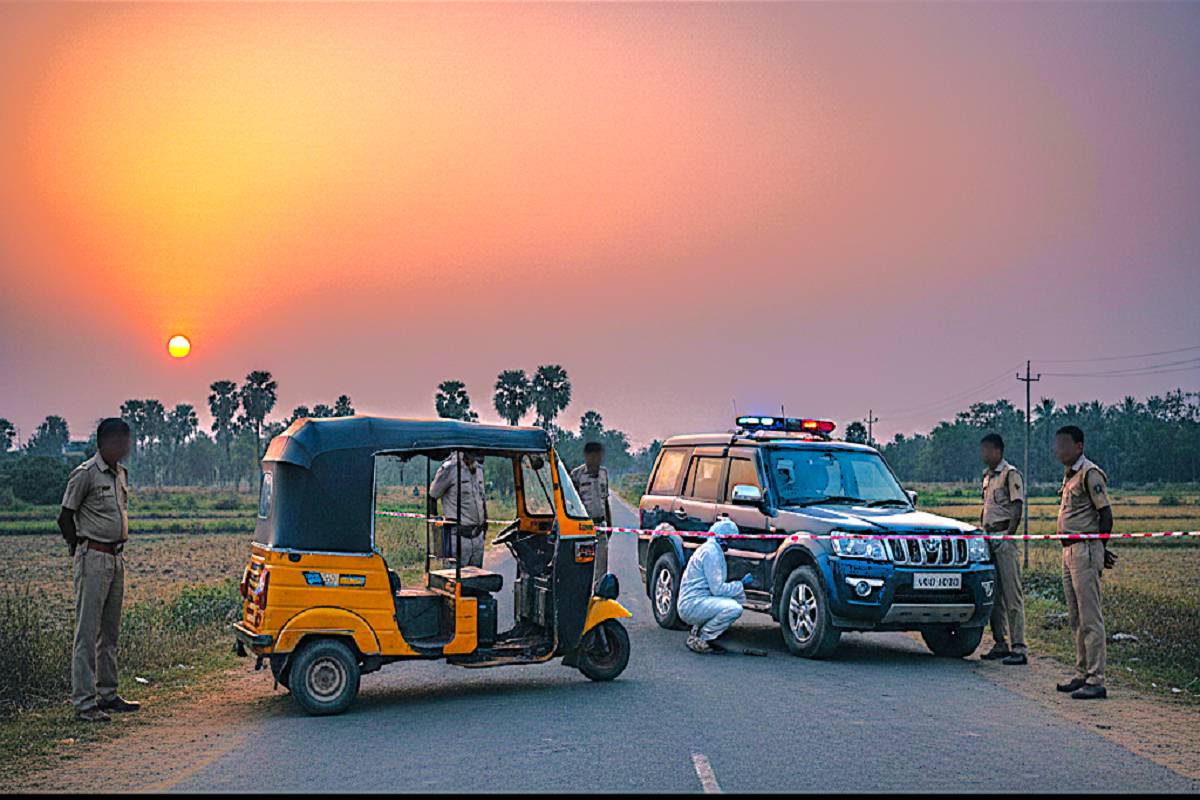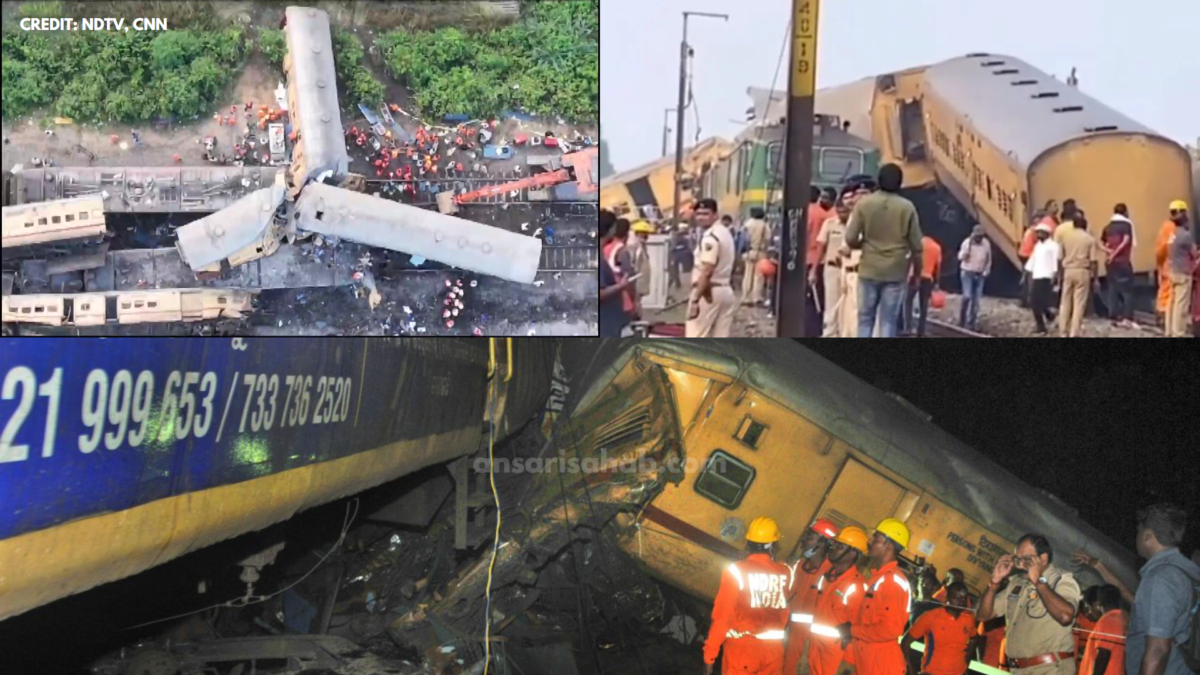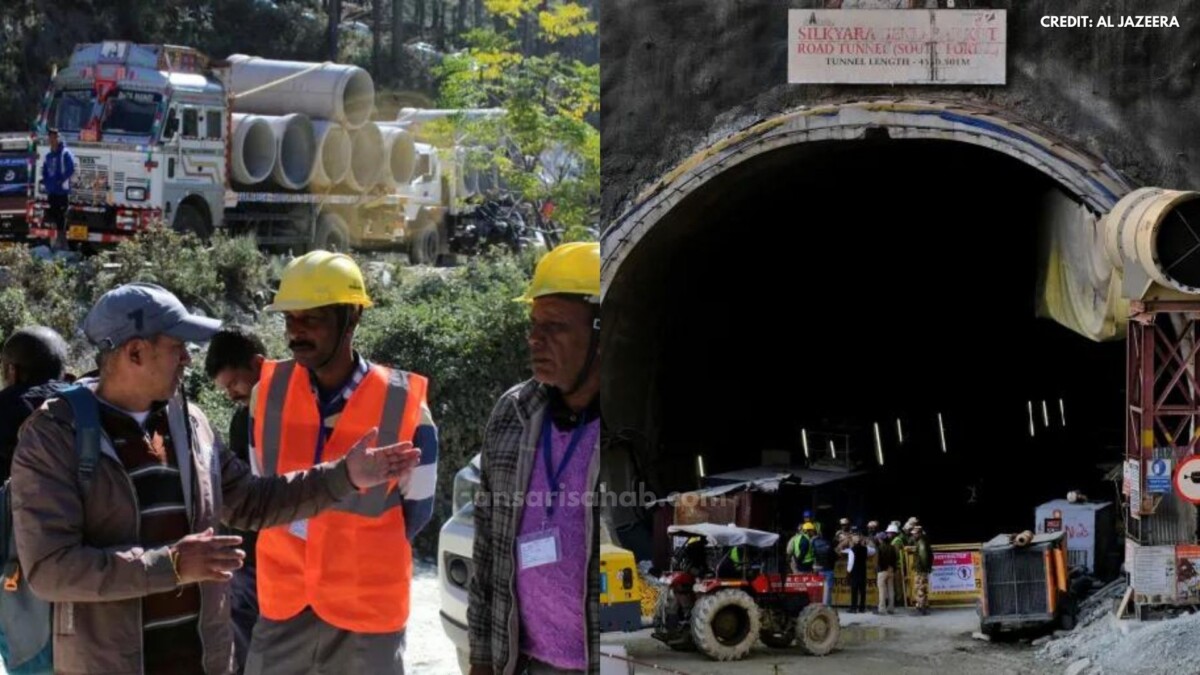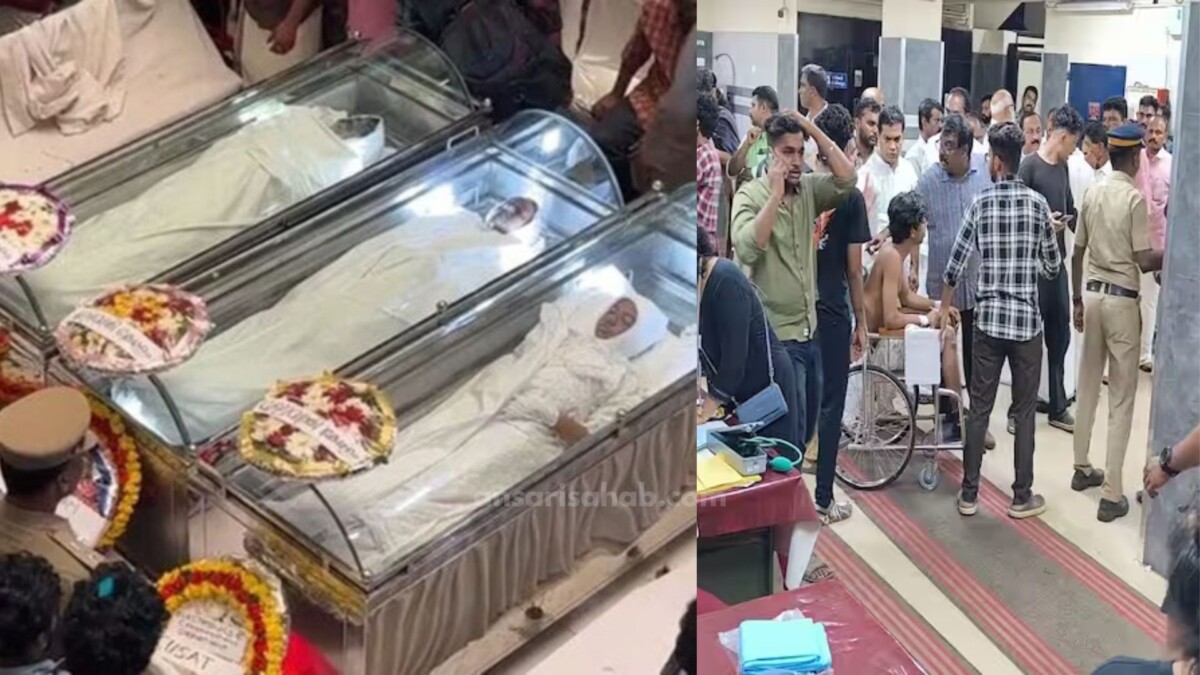A 38-year-old auto driver was slain in chilling circumstances late Wednesday night in Chhatrapati Sambhajinagar, Maharashtra, reportedly in front of his minor sons as assailants chopped off his fingers and slit his wrist before stabbing him to death. The violence is being linked to gang rivalry, and authorities have arrested multiple suspects.
Details of the Attack & Immediate Response
According to local police reports, the victim was Syed Imran, a resident of Sadat Nagar, who had recently begun working as an autorickshaw driver. On the night of the incident, he was driving with his sons—aged 3 and 13—when a car without license plates intercepted his three-wheeler under a flyover near the city’s railway station.
Eyewitnesses say five to six attackers emerged from the vehicle, dragged Imran and his children out, and carried out a brutal assault. The assailants severed some of his fingers, slashed his wrist, and inflicted multiple stab wounds before fleeing the scene, leaving him lying beneath a foot overbridge. Imran was declared dead upon arrival at a hospital.
One of Imran’s children is said to have dialed their uncle, who rushed to the scene. The police were alerted and arrived shortly thereafter.
Investigators suspect the killing is part of a broader revenge scheme tied to an ongoing feud between rival gangs led by local figures Raju Jagirdar and Syed Mujeeb. Preliminary FIR details link a prior clash on May 30 to the motive for the violent retaliation. Two suspects—Syed Saddam (34) and Sheikh Irfan (30)—were arrested within hours. A third suspect, identified as Mujeeb, was later apprehended at his residence. The police recovered the car used in the attack, blood-stained clothing, and weapons during the raids.
The suspects are charged under sections of the Bharatiya Nyaya Sanhita including murder, criminal conspiracy, unlawful assembly, and arms acts.
Gang Violence and Vulnerability of Drivers
This killing highlights a disturbing reality: drivers—especially auto or taxi operators—sometimes function in vulnerable zones, often exposed to criminal disputes or feuds. Observers note that such attacks may stem from entrenched underworld rivalries, local business conflicts, or territorial control.
Chhatrapati Sambhajinagar has seen sporadic gang violence in recent years. Crime analysts suggest that minor business disputes or even interpersonal vendettas can escalate rapidly in such environments. Drivers, being mobile and in public spaces, may become unintended targets or instruments in broader conflicts.
Security experts argue the need for improved protection infrastructure—such as high-visibility CCTV, emergency response systems, and easier access to police assistance—and greater awareness among driver communities about risk mitigation in volatile areas.
Police and Judicial Actions
The local crime branch is overseeing the investigation. Delhi-based senior officers have been consulted for evidence protocol in the high-profile case. Ballistics tests, mobile phone records, CCTV footage, and forensic analysis of recovered weapons are key tools in establishing culpability and narratives of motive.
Authorities are also investigating whether the attackers had prior knowledge of Imran’s movement or had been tailing him. The fact that the children were present at the scene deepens the case’s emotional weight and may prompt special judicial scrutiny.
Under pressure from public sentiment, police officials vow to expedite the trial and ensure transparent justice. Maharashtra’s Home Ministry has directed oversight, and local civic organizations are demanding swift conviction of all involved parties.
Impact on the Community & Broader Concerns
For the community in Sambhajinagar and Maharashtra broadly, the murder is a stark reminder of law and order challenges. Many in the public fear a chilling effect: if drivers—often from economically weaker backgrounds—face such risk, it could deter entry into this occupation or push drivers to avoid late hours.
Families of autorickshaw drivers and transport unions may push for safety provisions, helplines, and state-level interventions—especially in cities with known gang presence. Political leaders and civil society are likely to use this case to press for better policing, public surveillance, and quicker legal consequences for gang-based crime.
The presence of Imran’s children during the attack adds to the tragedy and is likely to intensify coverage and demand for deterrence.
FAQs
A: The victim was Syed Imran, aged 38, who had recently begun driving an autorickshaw and was traveling with his two young sons when he was attacked.
A: Yes. Two suspects—Syed Saddam and Sheikh Irfan—were arrested shortly after the incident. A third accused, Syed Mujeeb, was also later apprehended.
A: Police believe the murder stemmed from a gang rivalry and prior conflict between opposing factions. The brutality suggests retaliation rather than a spontaneous act.









